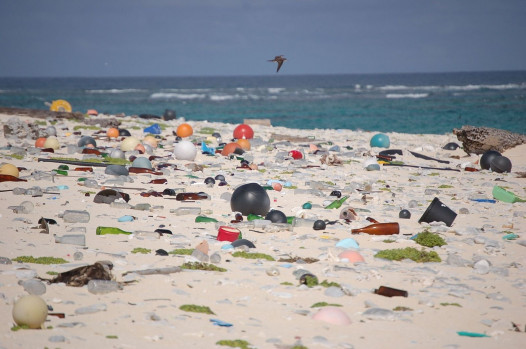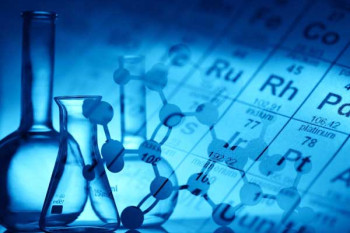© Pint of Science, 2024. All rights reserved.
The BBC’s Blue Planet series sparked a widespread interest in the causes of marine plastic pollution; something I addressed in my talk at the Pint of Science Festival 2019. Despite the publicity surrounding this problem, one question still sparks debate like no other; how much more are we willing to pay for a possible reduction in the amount of plastic flowing into the oceans and subsequently into marine life? New research suggests that we may now also have to consider how much we are ready to pay to ingest less plastic ourselves.
To put this in context; a recent World Wildlife Fund (WWF) report found that humans are ingesting around five grams of plastic per person per week – about one credit card’s worth for reference. This plastic is not plastic bottles or bags as you might see littered, but what are known as microplastics; fragments or pellets that are 0.05-0.5cm in size, so barely visible. We have known for a while that marine life (particularly mussels, surface fish and seabirds) is eating an increasing amount of microplastics more often. Until now, however, there has been limited evidence to suggest human plastic ingestion. We believe marine life may ingest microplastics through water intake and to a lesser extent via the food chain. Humans meanwhile may potentially be ingesting microplastics through seafood, water and air - albeit in very low quantities. Once ingested, microplastics travel through the gastro-intestinal (GI) tract; about 90% are excreted, while the remaining 10% may accumulate in the stomach and intestines. While this could potentially cause some local inflammation, this is more of a problem for smaller organisms.
An alternative hypothesis related to human plastic ingestion concerns the `translocation’ of only the very smallest fragments of plastic, called nanoplastics. These are defined as plastic fragments about 100 times smaller than microplastics, which are already far smaller than plastic we use! Translocation is movement of plastic fragments through the walls of the gastro-intestinal tract and into nearby areas such as the lymphatic system. Nanoplastics may even translocate into organs such as the liver and kidneys, although this is less likely. A report by the Food and Agriculture Organization (FAO) even cautiously raised the possibility that nanoplastic ingestion during pregnancy could lead to translocation into the placenta or foetus - although this has not yet been observed in any organism. Indeed, many of the possible negative effects of microplastic ingestion in humans are yet to be observed - although it may only be a matter of time, especially when we consider the potential chemical effects and the increases in plastic production and emission into the ocean.

(Image credit: US Fish and Wildlife Service)
While the physical danger of plastic ingestion has garnered the most news coverage, it is the potential for plastic to carry chemical contaminants into marine and human life that has caught the attention of regulators like the European Chemical Agency. Chemical contaminants enter the marine environment from a variety of sources, including plastics, which leach their additives when they degrade. Most additives are things that make perfect business sense; colourings, flame retardants, even plasticisers used to make plastic more durable. Additives are usually non-toxic; the toxic ones such as DDT or PCB have long been banned but may still exist in the marine environment given how slowly they decay. Contaminants can stick to plastics and microplastics can adsorb around four percent of their weight in additives. Indeed, microplastics relatively good ability to transport additives is why they are used in a range of consumer products, including cosmetics. Ingesting microplastics may, therefore, transport these contaminants into organisms, with the chemical effects varying depending on the contaminant. DDT, for example, may act as a carcinogen, while BPA and plasticisers may disrupt human hormone systems, although there is a continuing debate on the toxicity of BPA. The current danger from ingestion is thankfully minimal; the number of additives ingested via microplastic is likely to be several orders of magnitude below even a Tolerable Daily Intake (TDI) let alone a dangerous concentration. However, this absence of an effect is not likely to persist forever.
Although many of the worst possible long-term physical and chemical effects have thankfully not been observed even in marine, let alone human life, the rise in plastic production and plastic contamination of the oceans suggests that we are likely to be ingesting an increasing amount of microplastics. So, we return to the question I posed earlier; how much more are you willing to pay for products that use less plastic to slightly reduce our ingestion of these plastics, given that it currently has a minimal health effect? The sooner we understand the trade-off between environmental risks and product prices, the sooner we can reach a consensus on reducing pollution.
About the author:
Peter King is a PhD student at the University of Bath, Department of Economics. His research focuses on the economics of marine pollution, including the use of economic valuation for policy appraisal. Interests include policymaking and public engagement. Follow Peter on Twitter @_KingPete_




